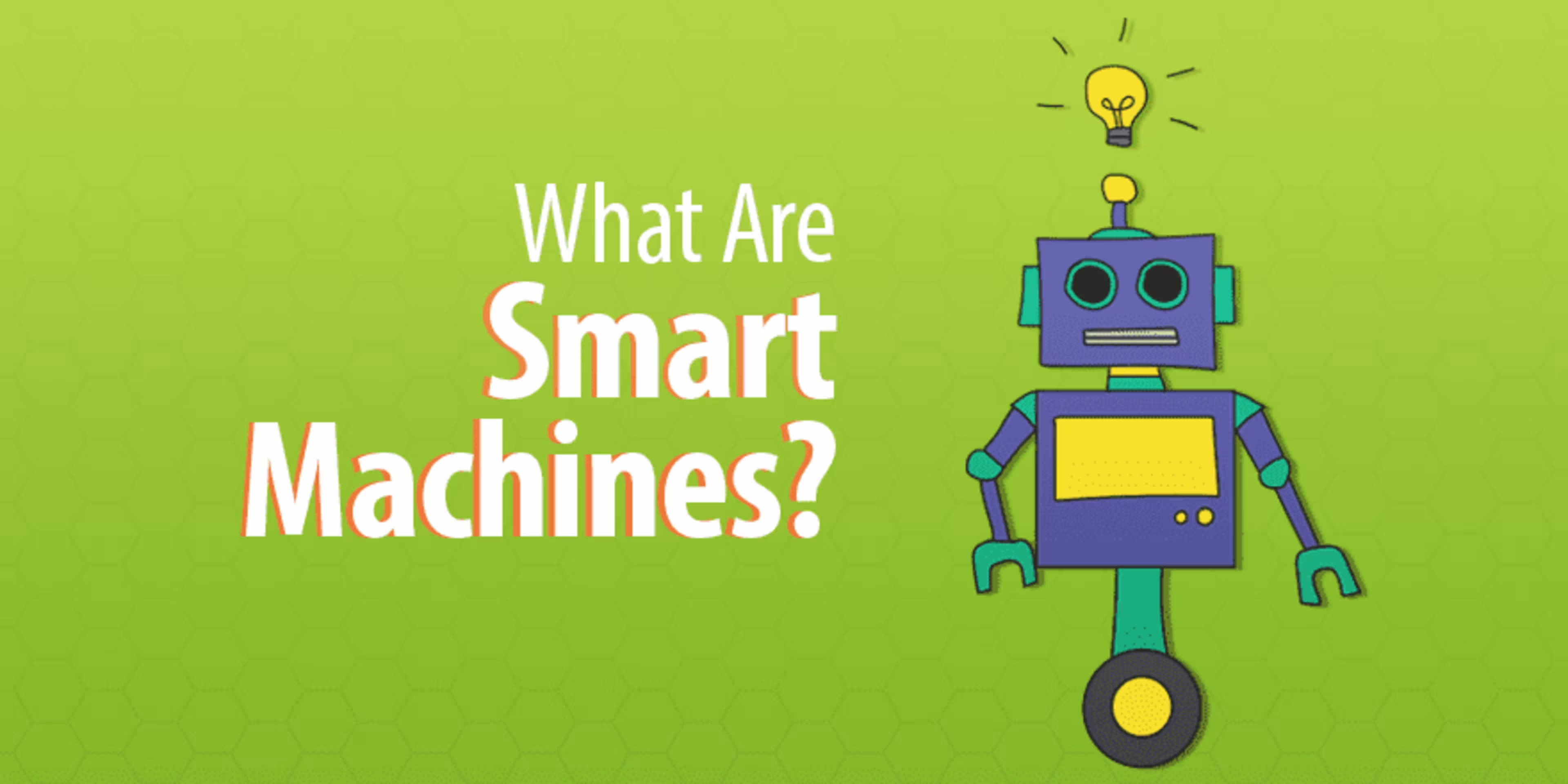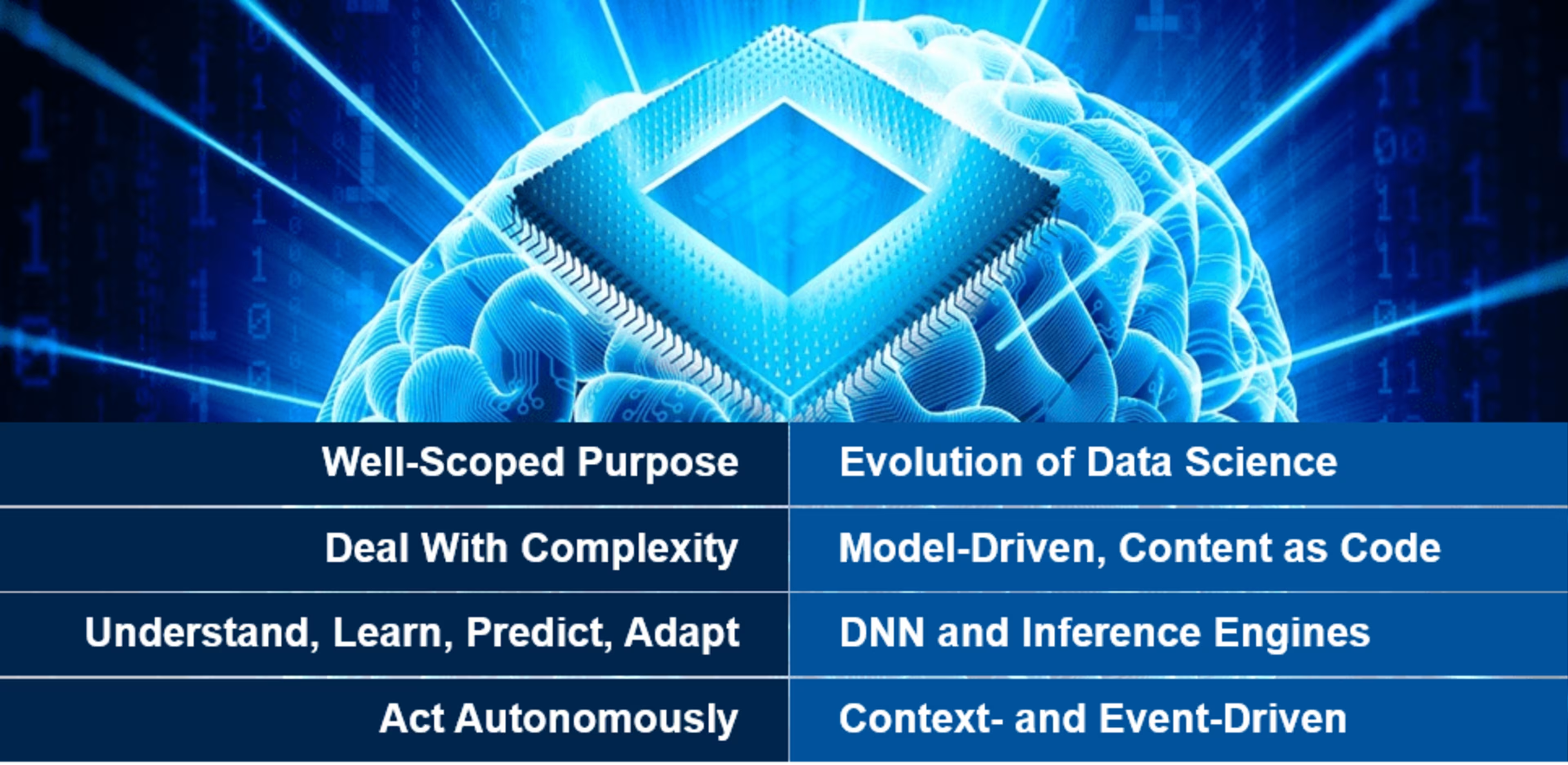Gartner analyst Tom Austin believes we are finally in the “Smart Machine Age.” By 2021, Gartner predicts smart machine revenues will reach $29 billion and 30 percent of large companies will be using them. Gartner also believes tech involving smart machines will be “the most disruptive class of technologies” over the next decade.
We’re certainly in an era of smart machine hype. If you believe the news, smart machines are going to boost emotional intelligence, transform labor-intensive industries, and change the way businesses work.
Okay, but what are these supposedly life-changing devices?

Smart machines are devices that can teach themselves how to do things. This functionality is sometimes called “machine learning,” and is a subset of artificial intelligence. Whereas humans must evaluate dumb machines’ output and make tweaks, smart machines tweak themselves.
Smart machines are also a subset of robotic process automation. They’re devices or pieces of software that use some form of cognitive computing, deep learning, or intelligent automation.
This graphic from Garter contains some features of smart machines:

Why now?
Better hardware
Quentin Hardy wrote for The New York Times that 2006 was a pivotal year for AI. That year saw the debut of Amazon Web Services, which made web hosting cheaper than ever before.
More data
“In 2007, Apple released the first iPhone, a device that began a boom in unruly-data collection everywhere,” Hardy wrote.
Improved deep neural networks
Also in 2006, Google and Yahoo released new statistical models for analyzing behavioral data.
General-purpose technology (GPT) is an economics term for innovation that is exceptionally disruptive, successful over the long-term, and grows out to influence many aspects of daily life. Examples of GPT in history include learning how to use iron, harnessing steam for transportation, and developing the internet. Austin calls smart machines are “the newest GPT.”
What’s the point?
A smart machine using ensemble learning can reduce error rates in high-precision work by 5% to 30%.
Deep Neural Networks (DNNs) are capable of the following, given enough power/data/training:
Discovering rules for themselves
Developing better rules than people
Working at multiple levels of generality
Identifying patterns their developers never anticipated
Tolerating noise and variability
Where are we now?
ImageNet can now recognize images with greater accuracy than humans. Google's facial recognition tech does a better job than humans at telling whether two images of a face represent the same person.
“AI and machine-learning capabilities are seeping into virtually every technology,” according to Gartner’s Top 10 Strategic Technology Trends for 2017.
Some smart machine technologies to look into include:
Advice for businesses
“There’s fear of Google and Microsoft controlling everything, and there’s a desire to apply AI to anything that’s digital,” said Michael Biltz, managing director of Accenture’s technology vision practice. “People are going to have to experiment, most likely first on pain points like security and product marketing.”
Gartner warns that smart machines require proper setup and maintenance. It’s important that all IT leaders become familiar with the strengths and limitations of today’s smart machines. For example, there exist no scalable, general-purpose executive smart machine technologies today.
Senior IT should be familiar with smart machine components. They should understand how to create, implement, train, and test DNN models. And they should keep abreast of how their industry and other relevant industries are using smart machines.
Now is the time, according to Gartner, to invest in AI-rich applications. And to look at problems and processes well-suited to AI and machine learning. For example, there are ample opportunities in customer service, enterprise applications, consumer electronics, and medical devices to implement AI using virtual personal assistants, robots, and autonomous vehicles.
Once you’ve identified some potential use cases, consider experimenting with one or two where impact could be high.
To learn more about smart machines, check out our new artificial intelligence software directory.